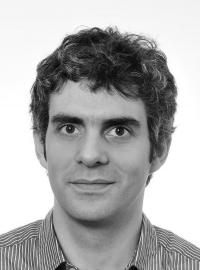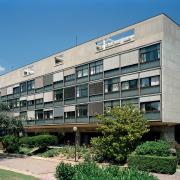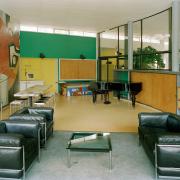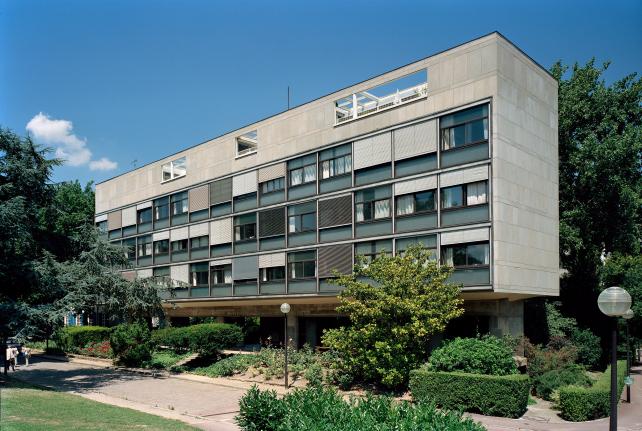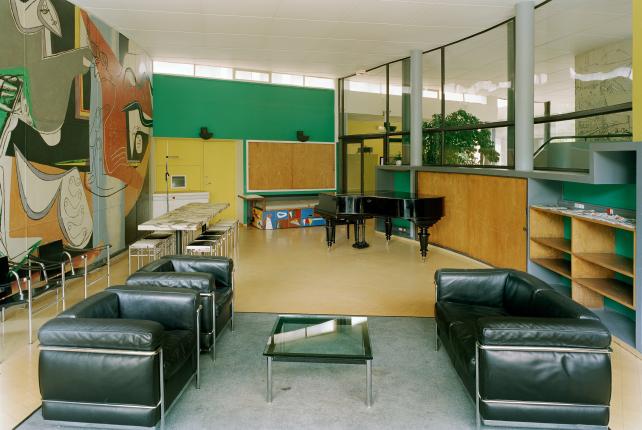The origins of the Swiss pavilion at the “Cité Internationale Universitaire de Paris"
Combining cultural and science diplomacy, the Swiss pavilion at the “Cité Internationale Universitaire de Paris” embodies one of the first permanent cultural representations abroad, designed to promote Swiss culture.
In the pacifist climate after the global conflict, the “Cité Internationale Universitaire de Paris” was created in 1925 at the initiative of philanthropic businessman Émil Deutsch de la Meurthe and state minister André Honnorat. Several countries participated in this project. Before the opening of the Swiss pavilion on July 7, 1933, already 14 other national pavilions (Canadian, Belgian, Argentine, etc.) had been constructed.
Behind the scene several driving forces were at work to assert a Swiss presence in the prospering city. The members of the Swiss community in Paris, gathered around the Swiss Union for patriotic propaganda[KTS1] , were in no mood to lag behind in comparison to citizens of other countries living in the international city.
Karl Fueter, professor of mathematics, proved to be an important intermediary in Switzerland, supporting the initiative to construct a Swiss pavilion. He was the founder of the core committee in charge of fundraising. The academic and former dean of the University of Zurich wanted to surpass the simple aim to establish a Swiss presence by building a house for Swiss students enrolled at the different universities of Paris. After all, their number had increased from 70 in 1920 to 242 in 1927. On February 11, the Federal Council decided to take the project under its wings. But one would have to wait until 1930 to see the project materialise.
The idea to assign the construction of the pavilion to Le Corbusier was concocted behind the scenes, bypassing the Swiss embassy which was rather more in favour of an open competition among the Swiss architects living in Paris. But Fueter, architects like Karl Moser, and an important donor, the banker Raoul LaRoche, friend of the architect from La-Chaux-de-Fonds, supported Le Corbusier with success. The Swiss pavilion in Paris was to remain the only commission the Swiss authorities ever handed out to Le Corbusier.
Unsurprisingly the concept of the building did not meet unanimous acclaim at its inauguration in the presence of the Republic’s president, Albert Lebrun. No representative of the Federal Council attended. Giuseppe Motta had only travelled to Paris for the laying of the cornerstone in 1931. It was daring architecture for a few, scandalous creation for others, mainly Swiss French newspapers. The editorial board of the “Gazette de Lausanne”, repeating a well-known saying of Le Corbusier’s, spoke of “a hideous machine for living, apt to turning Switzerland into an object of ridicule” (La Gazette de Lausanne, 11.7.1933, p. 3).
In his pamphlet “The Trojan Horse of Bolshevism” (“Le cheval de Troie du bolchévisme”, Bienne, Ed. du Chandelier, 1931) Genevan architect Alexander von Senger attacked the project of the pavilion very aggressively. His was an acerbic criticism of LeCorbusier’s building as well as an all out attack on the entire modern and industrial architecture, notably promoted by the “Werkbund”. Presumably Le Corbusier himself would have liked to reply “I am that Trojan horse”.
Up to the war, the pavilion project, curated by art critic Pierre Couerthion from the Valais, soon gathered momentum, annually welcoming hundreds of students and regularly organising cultural events (conferences, theatre).
Archives :
AFS, E 2001 (D), 1000/1553/251.
Bibliography:
Chevallier Fabienne, « Sortie de guerre et enjeux urbains : histoire de deux projets parisiens (1919- 1939) », Histoire@Politique. Politique, culture, société, N°3, novembre-décembre 2007, www.histoire-politique.fr.
Zaknic Ivan, Le Corbusier : Pavillon Suisse. Biographie d’un bâtiment, Basel/Boston/Berlin, Birkhäuser, 2004.

